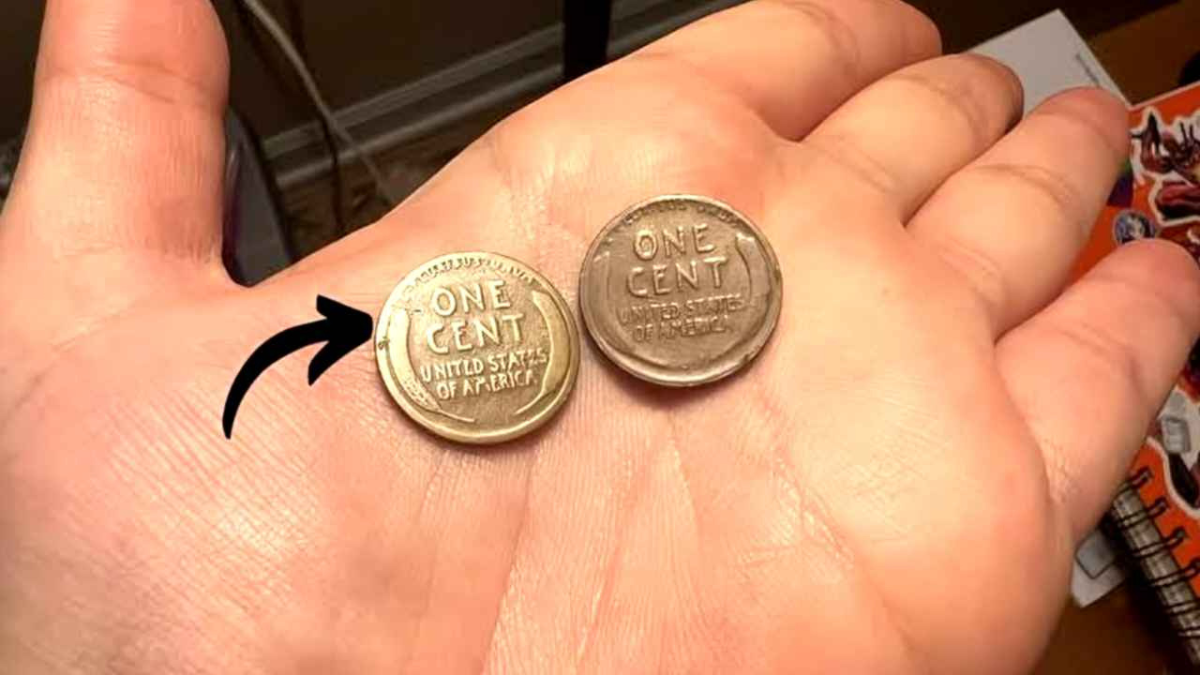Introduction
A simple two-dollar coin from 1996, featuring Canada’s iconic polar bear design, has made headlines in the numismatic world by selling for an unprecedented price at auction. This isn’t just any Toonie—it’s a rare minting error coin that collectors have been hunting for decades.
The 1996 Toonie: A Brief Summary
The 1996 toonie marked the first year of issue for Canada’s $2 coin, which replaced the $2 bill and introduced the now-familiar bi-metallic design. While the standard coin features a silver-colored inner core (nickel) surrounded by a golden ring (aluminum bronze), this rare error coin shows a misaligned core, resulting in an off-center polar bear and a visibly shifted ring. In some cases, the ring may appear rotated, loose, or improperly bonded—a result of early production flaws in the newly introduced coin.
These defects, considered undesirable by the Royal Canadian Mint at the time, were quickly corrected. However, a handful of error coins slipped into circulation, unknowingly becoming future collector’s items.

Notable Error Variants
A number of error variants of the 1996 Toonie have been found:
- Uncentered Core Error: The inner core is displaced, resulting in an off-center look.
- German Planchet: Coins minted on planchets provided by Germany, characterized by certain surface features.
- Cigar and Horn Varieties: Titled due to unique die errors in the shape of a cigar or horn on the polar bear design.
Record-Breaking Sale
A recent transaction demonstrated the worth of these mistake coins. One 1996 Toonie with an off-center core mistake was auctioned on eBay for $30.00 USD and had several viewers and interest from collectors.
The price, while seemingly low, is much higher than the value of the coin, highlighting how much collectors value such mistakes.

Comparative Values
In order to better see the market, here is a table of several 1996 Toonie variations and their approximate values:
| Variant | Description | Approximate Value (USD) |
|---|---|---|
| Standard Circulated | Regular coin with no errors | $2.00 – $5.00 |
| Uncentered Core Error | Inner core misaligned | $30.00 – $175.00 |
| German Planchet | Struck on German-supplied planchets | $34.00 – $694.00 |
| Cigar Variety | Die error resembling a cigar shape | $9.80 – $73.50 |
| Horn Variety | Die error resembling a horn on the polar bear | $39.20 – $147.00 |
Factors Influencing Value
Several elements contribute to the cost of these error coins:
- Rarity: Fewer errors cash mean better call for.
- Condition: Coins in mint or close to-mint condition fetch better costs.
- Type of Error: Some mistakes are greater visually striking or traditionally sizable, increasing their desirability.

Other Valuable Canadian Coin Errors to Watch For
While not all error coins are worth thousands, many carry significant premiums. Here are a few Canadian error coins that could be worth money:
- 2000P Millennium Quarter (missing the “P” mint mark) – Valued up to $300.
- 1989 No Mint Mark Dime – A rare variety missing its standard “P” or “D” mint mark; can be worth $500–$1,000+.
- 1954 “Devil’s Face” Banknotes and Coins – Design controversy made them collector favorites.
- 1999 Nunavut Toonie with Missing Inner Core – An extremely rare minting error worth thousands.
Conclusion
The 1996 toonie error coin’s record-breaking price is a reminder that modern coins can be just as collectible and valuable as historical ones. With millions of coins passing through Canadian hands each day, it pays to take a second look at your change. You never know when a tiny minting mistake could be worth a small fortune.
FAQ’s
How can I identify a 1996 Toonie error coin?
Look for anomalies together with misaligned inner cores, uncommon floor textures, or different die errors on the polar bear layout. Consulting a numismatic professional or reference guide can provide similarly help.
Where can I promote or purchase those error coins?
Online marketplaces like eBay, specialized coin dealers, and numismatic auctions are not unusual structures for buying and selling such coins.
Are all 1996 Toonies with errors treasured?
While many mistakes coins maintain increased cost, the specific type and visibility of the mistake, combined with the coin’s circumstance, decide its market really worth.








